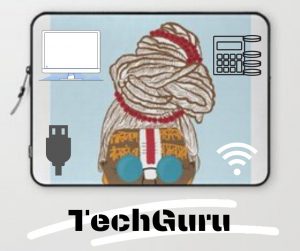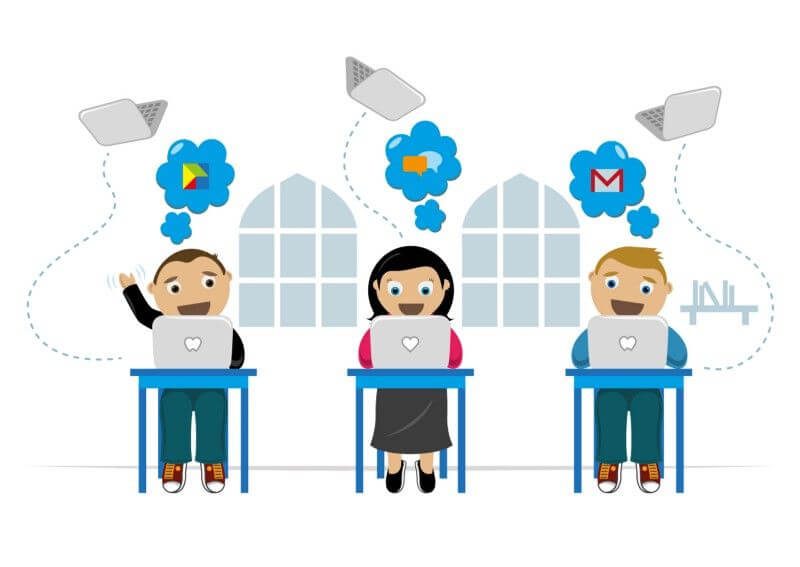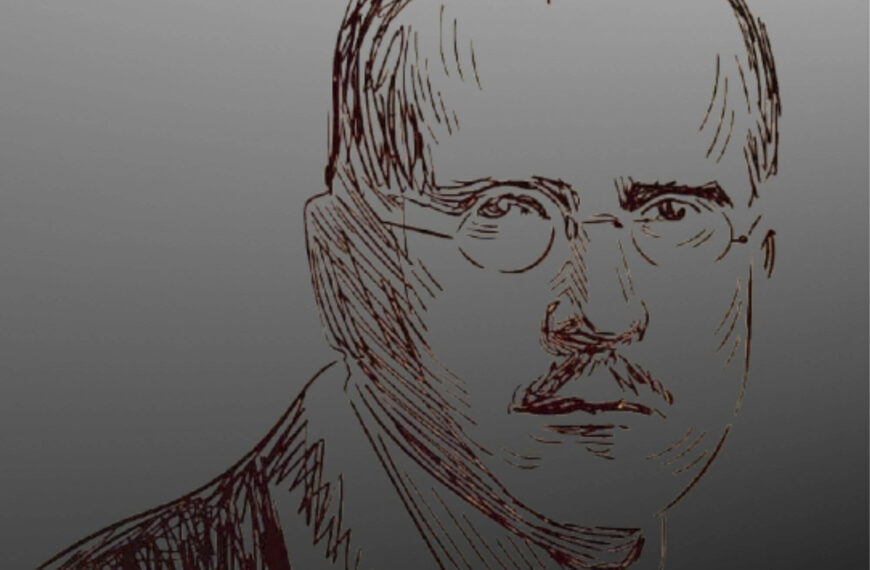There has been a monumental shift in the way education is disseminated today, than it was decade ago. The disruption caused by digitisation has reached the doors of classroom, thus changing the way of learning, informs Joydev, in the new weekly column, beginning this day. An exclusive for Different Truths.
 Technology is constantly changing the way we live and work. Every phase of life has witnessed a digital change in this era. Leave alone the stages of life, technology has brought about a colossal change across all the industries and their verticals. From massive manufacturing industries, software sectors to healthcare and construction, every industry has been thriving on the fruits of technology, and the education sector is no exception to it. There has been a monumental shift in the way education is disseminated today, as compared to a decade ago. The disruption caused by digitisation has reached the doors of classroom, thus changing the way of learning.
Technology is constantly changing the way we live and work. Every phase of life has witnessed a digital change in this era. Leave alone the stages of life, technology has brought about a colossal change across all the industries and their verticals. From massive manufacturing industries, software sectors to healthcare and construction, every industry has been thriving on the fruits of technology, and the education sector is no exception to it. There has been a monumental shift in the way education is disseminated today, as compared to a decade ago. The disruption caused by digitisation has reached the doors of classroom, thus changing the way of learning.
Classrooms have gone digital. Children raised in those classrooms are more likely to incline towards technology than their parents were. However, some parents are still under a delusion that this technology inclination will make their child addict to technology.
The 21st-century schools are now well equipped with mind-boggling technologies, which today’s parents wouldn’t have imagined at their time. Classrooms have gone digital. Children raised in those classrooms are more likely to incline towards technology than their parents were. However, some parents are still under a delusion that this technology inclination will make their child addict to technology. If you too are thinking the same way, please don’t worry. With time, things have changed. Technology and technological devices have replaced the brick and mortar classroom. Generation Alpha (children born after 2011), the immediate successor of Gen-Z, are born in the digital world, which lets them think each thing differently and, of course, digitally. The information they receive and process is way quicker than any generation reading this article right now.
It has become essential for the next-gen schools of the 21st century to cater to the needs of Gen-Alpha, digitally. Some schools have started adopting the newer methods of teaching and imparting education digitally, with the help of technology. Smart classes is one such example of digital transformation. Another hype that haunts the teaching community is that digital classrooms will replace teachers in the process. But, that is not so true, but only a hype. The sacrosanct relationship between Guru (teacher) and Shishya (student) will continue as long as education is there. Technology or the digitisation of the classroom, will only act as an assistant or tool for the teachers to impart education more effectively and efficiently.
With the help of technology, teachers can now use more engaging and multisensory approaches to topics like storytelling apps or videos. Visualisation of the topics or say alphabets in the elementary classes help children to memorise and identify things quite easily than it would have been through books.
With the help of technology, teachers can now use more engaging and multisensory approaches to topics like storytelling apps or videos. Visualisation of the topics or say alphabets in the elementary classes help children to memorise and identify things quite easily than it would have been through books. That again doesn’t mean that books will go obsolete. They have their own importance once a child completes his elementary education.
Now, let us look at some of the benefits of digitising the classroom and digitalising the education. (both are a different concept, which I’ll discuss some other day)
The digitised classroom allows for a more personalised learning for each student, or to be precise it allows differentiation. Every child has his/her own distinguished ability to learn and proceed. Generalisation of imparting education is slowly coming to end and now each child can learn and write according to his/her abilities. The entry-level digitisation enables online-based reading and literacy programs that helps teachers to assign task to the students based on their individual ability of reading and writing. For example, a child is assigned to record his voice while reading a book aloud. The recording helps the teacher to assess the fluency, proficiency, and pronunciation of each child separately. This, on the other hand, helps a child to learn at his own pace, while having the freedom to choose a story of his/her choice. If you like the story of Motu-Patlu, you’ll not be forced to read a story from ‘Chota-Bheem.’ Isn’t that wonderful?
Based on the recordings and the assessments, teachers can segregate and put children on different categories according to their levels of progress. It means students can be differentiated from a diverse group with diverse learning needs within the same classroom, same course, and the same learning environment.
Based on the recordings and the assessments, teachers can segregate and put  children on different categories according to their levels of progress. It means students can be differentiated from a diverse group with diverse learning needs within the same classroom, same course, and the same learning environment. It helps the teacher to train students according to their individual needs, thus ensuring that each student in the classroom gets the equal opportunity of learning, irrespective of their abilities to learn.
children on different categories according to their levels of progress. It means students can be differentiated from a diverse group with diverse learning needs within the same classroom, same course, and the same learning environment. It helps the teacher to train students according to their individual needs, thus ensuring that each student in the classroom gets the equal opportunity of learning, irrespective of their abilities to learn.
Education is not something that runs on a ‘one size fits all’ model. E-learning, digital classroom, and technologies allow for customisation needed to adapt to each student’s interest, capability, and understanding. It has replaced the rote learning method, where students were expected to mug up a complete book and were assessed on the basis of what they remember and write on a sheet of paper. This may be appropriate for higher classes but certainly not in the elementary levels. Elementary education is the base on which the complete career and life of a student stands. Focus on making the base stronger, and you’ll reap the strongest results.
Photo from the Internet





 By
By

 By
By